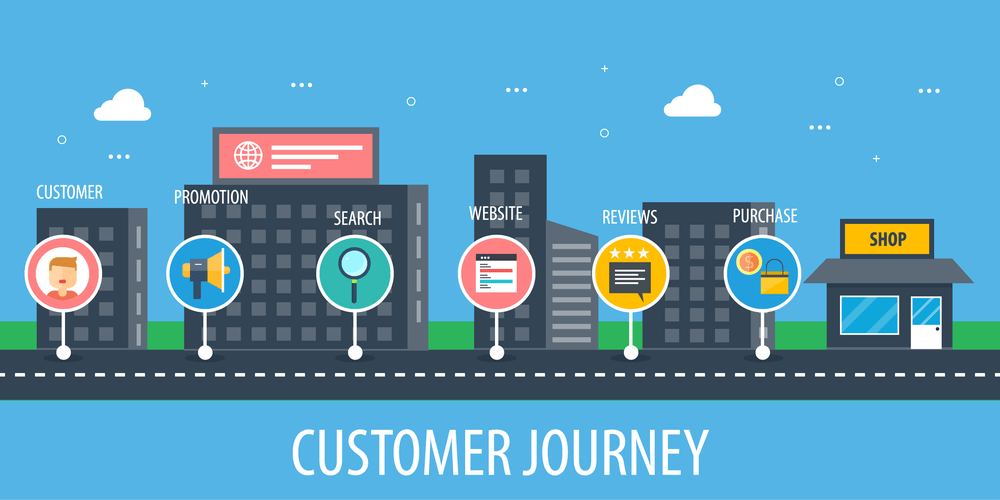ENTREPRENEURSHIP
What Is a Customer Journey?

As a business, you want to be able to engage with your customers on their turf – at their level – and help them get what they need. And to do that, you need to understand their journey with your brand. And that means breaking down the silos that exist between teams and departments and building a cohesive strategy that links all of the elements of a customer’s experience with your business. This can be challenging, not only because of the sheer number of moving parts but also because of the high degree of customization involved in each customer’s journey, like personalized rich SMS.
But understanding that, you must be wondering, “What is a customer journey?” And “What does it look like?” To help you better understand, we’ve created a comprehensive guide that defines the customer journey, describes the various elements that make up this journey and provides examples of how companies are using customer journeys to improve their business. So, without any further ado, let’s dive into the elements of the customer journey!
What Is a Customer Journey?
In a nutshell, the customer journey is the path your customers take from discovering your brand to becoming paying customers and beyond.
Whether you’re just starting out or you’ve been in business for years, the first step in crafting a successful customer journey is understanding the series of steps that lead to a lifetime customer. This is where building a solid customer journey map comes into play.
What Does a Customer Journey Map Look Like?
A customer journey map puts yourself in your customer’s shoes, chronicling every stage of the relationship with your company. It helps you understand what problems they face, how they interact with your brand, and why they make purchasing decisions. By studying these stages in detail, you can identify points of friction and work to eliminate them.
For example, let’s say someone lands on your website after doing some research on Google. They read up on your features and benefits but have lingering questions about how it works and whether it would be worth their money to try it out. Customers often have questions at this stage in the process, so providing answers is critical to moving them along to the next step (and capturing their email address!).
Once you’ve got an idea of what people want to know, it’s easy to create a relevant lead magnet that addresses those concerns. You can then use a tool like pop-up forms software to capture emails directly from your website without disrupting their experience.
Elements of a Customer Journey in Any Business
The Customer Journey is a critical aspect of every business and brand’s operation. It can be defined as the entire experience a customer has with a company, from their first interaction, through their first purchase, and on to their continued relationship with the company.
Because of how important the customer journey has become to a business’s success or failure; an entire industry has developed around the idea of managing it. Brands have begun to see the value in reinforcing positive customer experiences across all platforms to generate good word-of-mouth advertising and increase customer retention.
Below we’re going to discuss some of the most important elements that make up a customer journey in any business.
Awareness:
The first step in the customer journey is awareness. This stage involves a customer becoming aware of your brand and its existence. Today, there are multiple ways through which customers can be made more aware of your business.
Evaluation:
After creating awareness about your business among your customers, the next step is to make them evaluate you against other competitors in the market. This will help them decide whether or not they want to go with you or choose someone else who may have better offerings than yours. You must keep on collecting feedback from your consumers at this stage and work upon those feedbacks on an ongoing basis to ensure that they are satisfied with what you offer.
Conversion:
A conversion is a moment a website visitor becomes a lead, or a lead becomes a customer. It happens when someone fills out an online form, downloads an e-book, or calls you on the phone. There are a variety of ways in which your business can convert visitors into sales opportunities.
Acquisition:
The acquisition is the process of getting new customers. It involves generating leads for your business through marketing efforts, such as content marketing, social media marketing, and email marketing.
Retention:
The retention stage is all about keeping existing customers happy, so they continue doing business with you over time. Retention strategies are usually focused on providing excellent customer service and delivering great products that meet customer needs.

